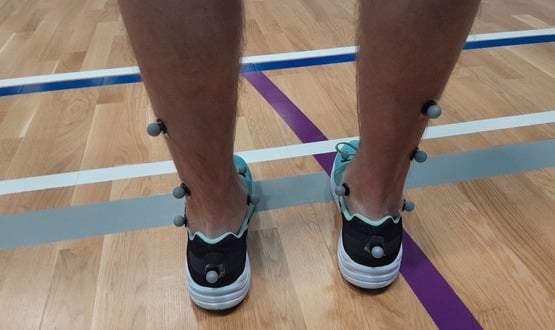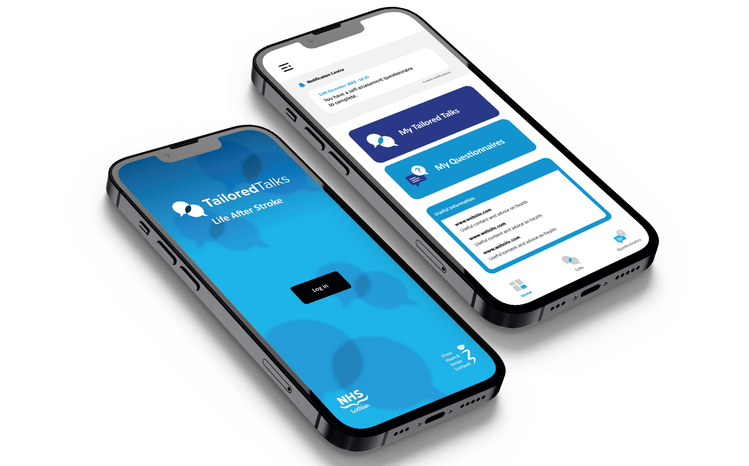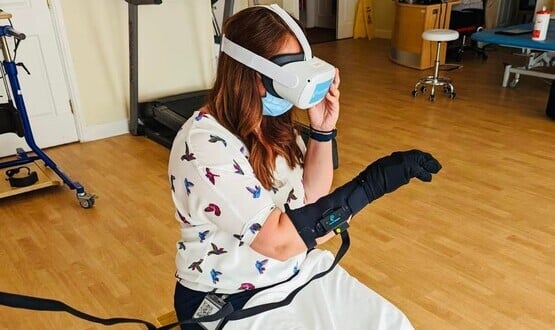Rehabilitation for stroke patients benefits from film technology
- 9 June 2023

Treatment and rehabilitation for stroke patients could soon be given the Hollywood film treatment, as a team from Lancaster University Medical School explore the benefits of performance capture technology.
Dr Hannah Jarvis and Dr Phil Nagy from Lancaster University Medical School have been using the same technology that was used to create on-screen characters like Gollum from Lord of the Rings and the aliens in Avatar.
The technology involves placing retro-reflective markers on the body which are then tracked by infra-red cameras in order to create a 3D computer model of the skeleton moving on a screen.
They have been applying the technology to research movement and motion in order to improve treatment and rehabilitation for stroke patients and for injured athletes.
By understanding more about these movements, more personalised rehabilitation plans can be designed. Ultimately the aim of the research is to enable the technology to be used at home – where stairs and rugs would allow for the movement tracking to be as realistic as possible.
Dr Jarvis has previously used the technology to help amputees from the conflict in Afghanistan. She was the first researcher to publish biomechanical data on this group of veterans and is now exploring how the technology can be used to help others.
She said the technology “can be used to build a lower limb model of a stroke survivor, where we can measure the physiological cost of walking in terms of how much effort is needed to walk”.
“We will be able to measure the joint angle and the force on various joints as we watch the model walking on the screen. This can be used to design rehabilitation for the patient.
“Also a lot of elderly people have falls and have trouble getting up so tracking their movements will enable us to collect data on muscle activity and create a biomedical profile which can inform rehabilitation.”
The researchers are currently working with North West stroke charities Speakeasy and Think Ahead and are also seeking commercial partnerships to develop a medical device incorporating the performance capture tech.
Incorporating technology into stroke rehabilitation has also been the focus for virtual reality company Neuromersiv, who earlier this year teamed up with Askham Village – a rehabilitation provider – to trial its immerse and engaging neurorehabilitation products with patients recovering from a stroke.



